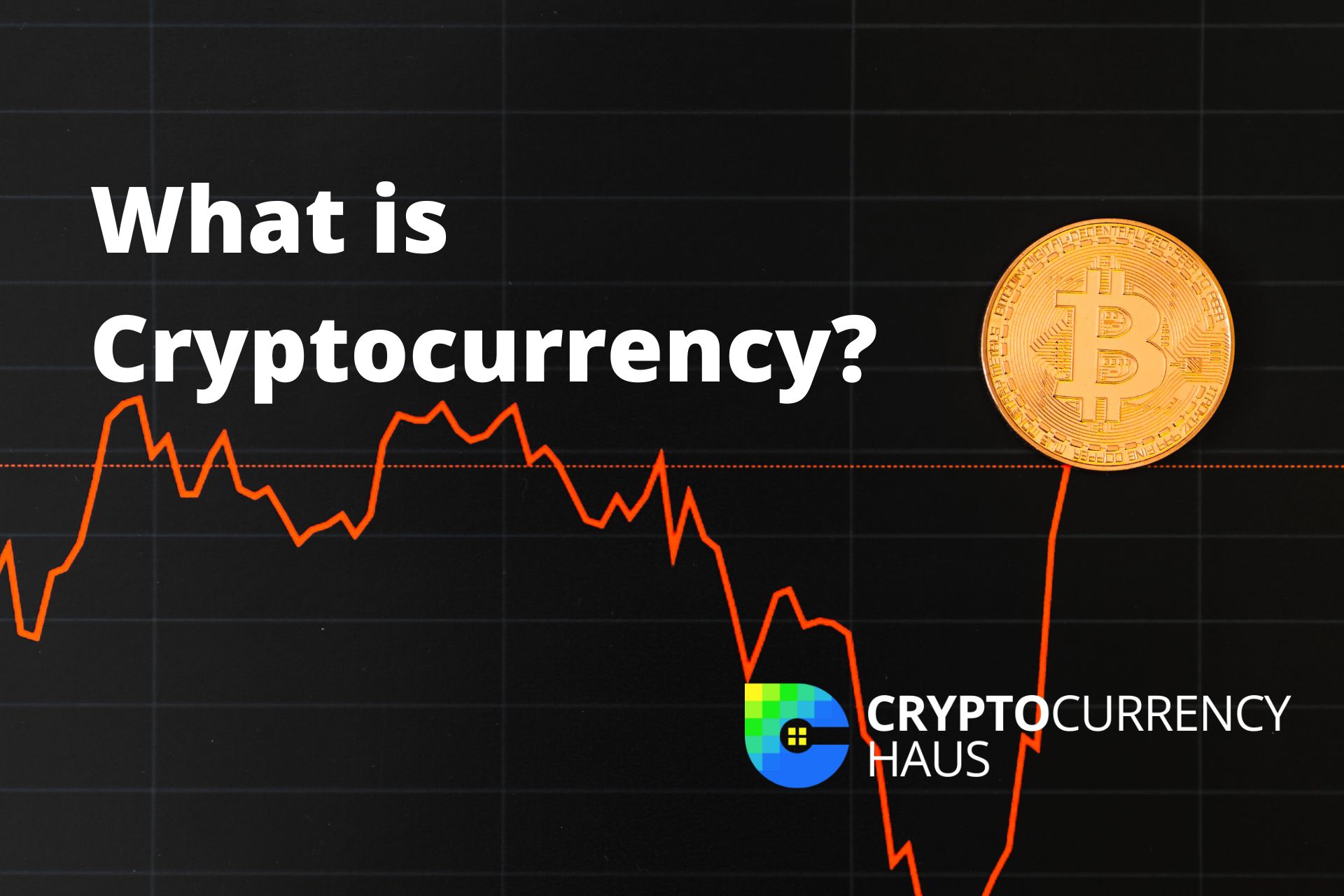Top cryptocurrency
We calculate a cryptocurrency’s market cap by taking the cryptocurrency’s price per unit and multiplying it with the cryptocurrency’s circulating supply. The formula is simple: Market Cap = Price * Circulating Supply https://gamble-online-aus.org/. Circulating supply refers to the amount of units of a cryptocurrency that currently exist and can be transacted with.
In order to send and receive a cryptocurrency, you need a cryptocurrency wallet. A cryptocurrency wallet is software that manages private and public keys. In the case of Bitcoin, as long as you control the private key necessary to transact with your BTC, you can send your BTC to anyone in the world for any reason.
The total crypto market volume over the last 24 hours is $148.44B, which makes a 10.43% decrease. The total volume in DeFi is currently $25.86B, 17.42% of the total crypto market 24-hour volume. The volume of all stable coins is now $139.43B, which is 93.93% of the total crypto market 24-hour volume.
What is cryptocurrency
Another advantage of cryptocurrency is that it’s global, so there’s no need to figure or pay foreign exchange rates, although cryptocurrency isn’t legal in some countries. You also don’t need to worry about bank account restrictions, such as ATM withdrawal limits.
Why are you investing in cryptocurrency? What are your client’s or employer’s goals? If you’re solely looking to make a lot of money quickly, this might not be the right investment. Many investors have come before you looking to get rich quickly, and many end up with significant losses. Additionally, most coins and tokens pay the largest gains to those who hold onto them for the long term.
On 6 August 2014, the UK announced its Treasury had commissioned a study of cryptocurrencies and what role, if any, they could play in the UK economy. The study was also to report on whether regulation should be considered. Its final report was published in 2018, and it issued a consultation on cryptoassets and stablecoins in January 2021.
Cryptocurrencies traded in public markets suffer from price volatility, so investments require accurate price monitoring. For example, Bitcoin has experienced rapid surges and crashes in its value, climbing to nearly $65,000 in November 2021 before dropping to just over $20,000 a year and a half later. Bitcoin prices had roared back by mid-2024. As a result of this vast range of volatility, many people consider cryptocurrencies a speculative bubble.
After the early innovation of bitcoin in 2008 and the early network effect gained by bitcoin, tokens, cryptocurrencies, and other digital assets that were not bitcoin became collectively known during the 2010s as alternative cryptocurrencies, or “altcoins”. Sometimes the term “alt coins” was used, or disparagingly, “shitcoins”. Paul Vigna of The Wall Street Journal described altcoins in 2020 as “alternative versions of Bitcoin” given its role as the model protocol for cryptocurrency designers. A Polytechnic University of Catalonia thesis in 2021 used a broader description, including not only alternative versions of bitcoin but every cryptocurrency other than bitcoin. As of early 2020, there were more than 5,000 cryptocurrencies.
According to Alan Feuer of The New York Times, libertarians and anarcho-capitalists were attracted to the philosophical idea behind bitcoin. Early bitcoin supporter Roger Ver said: “At first, almost everyone who got involved did so for philosophical reasons. We saw bitcoin as a great idea, as a way to separate money from the state.” Economist Paul Krugman argues that cryptocurrencies like bitcoin are “something of a cult” based in “paranoid fantasies” of government power.

Cryptocurrency bitcoin price
Nakamoto created the first Bitcoin on January 3, 2009. Bitcoin was initially mined among tech enthusiasts until the first trading markets for Bitcoin emerged in July 2010, with prices then ranging from US$0.0008 and $0.08. By then, Nakamoto transferred Bitcoin’s network alert key and control of the code repository to Gavin Andresen, who became lead developer at the Bitcoin Foundation.
However, while Nakamoto was the original inventor of Bitcoin, as well as the author of its very first implementation, he handed the network alert key and control of the code repository to Gavin Andresen, who later became lead developer at the Bitcoin Foundation. Over the years a large number of people have contributed to improving the cryptocurrency’s software by patching vulnerabilities and adding new features.
Bitcoin is based on revolutionary blockchain technology, where transactions are recorded on a public distributed ledger and are secured by a decentralized network of computers dedicating their computational power to solving cryptographic tasks.
However, Bitcoin is a relatively young asset, and its volatility often counts against it as a store of value. For risk-averse investors, the massive volatility that Bitcoin has historically exhibited can be a severe drawback.
Bitcoin is based on extremely safe SHA-256 cryptography created by the National Security Agency of the U.S., and the bitcoin protocol includes many features protecting it against various vectors of attack, including:

